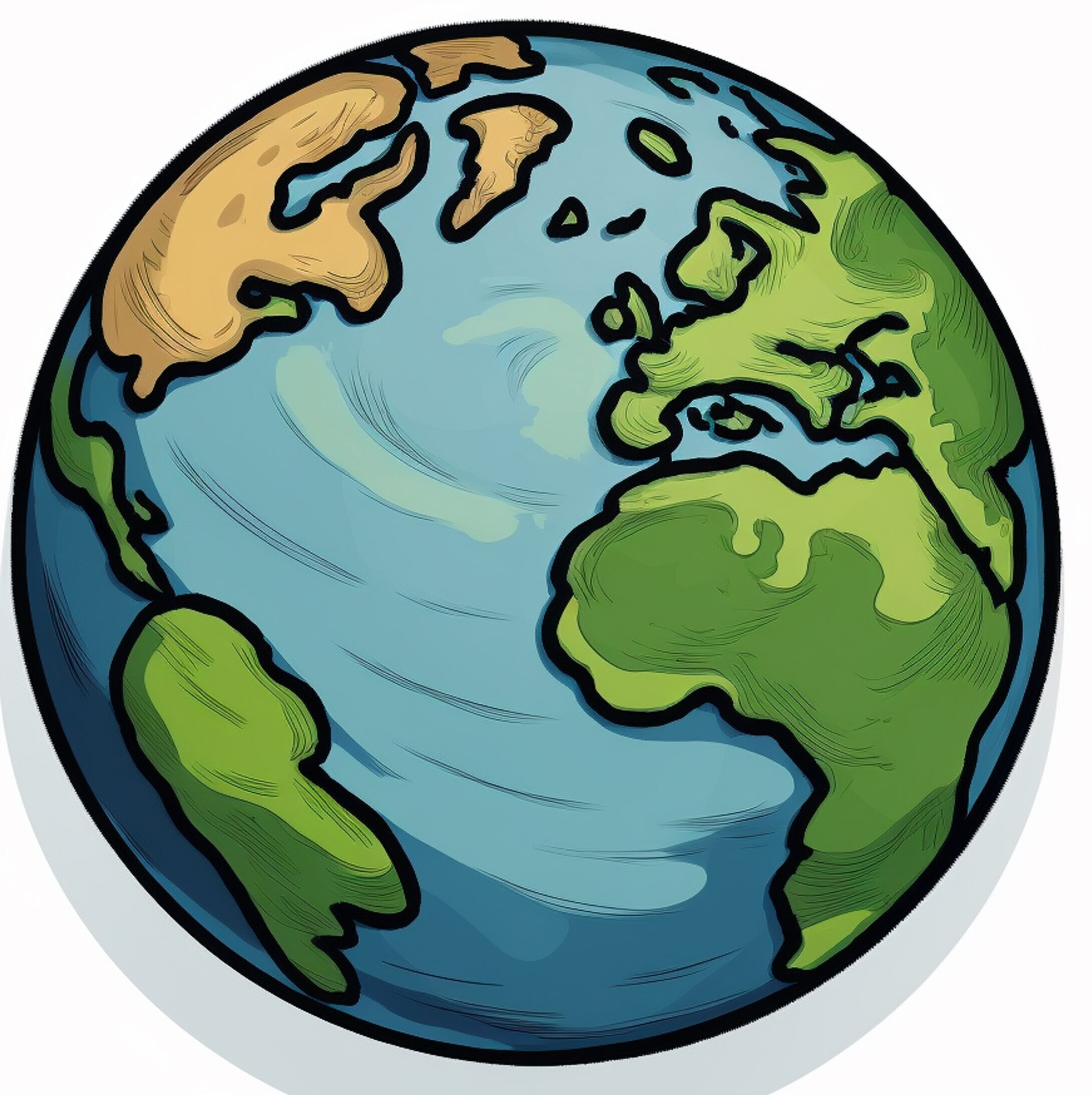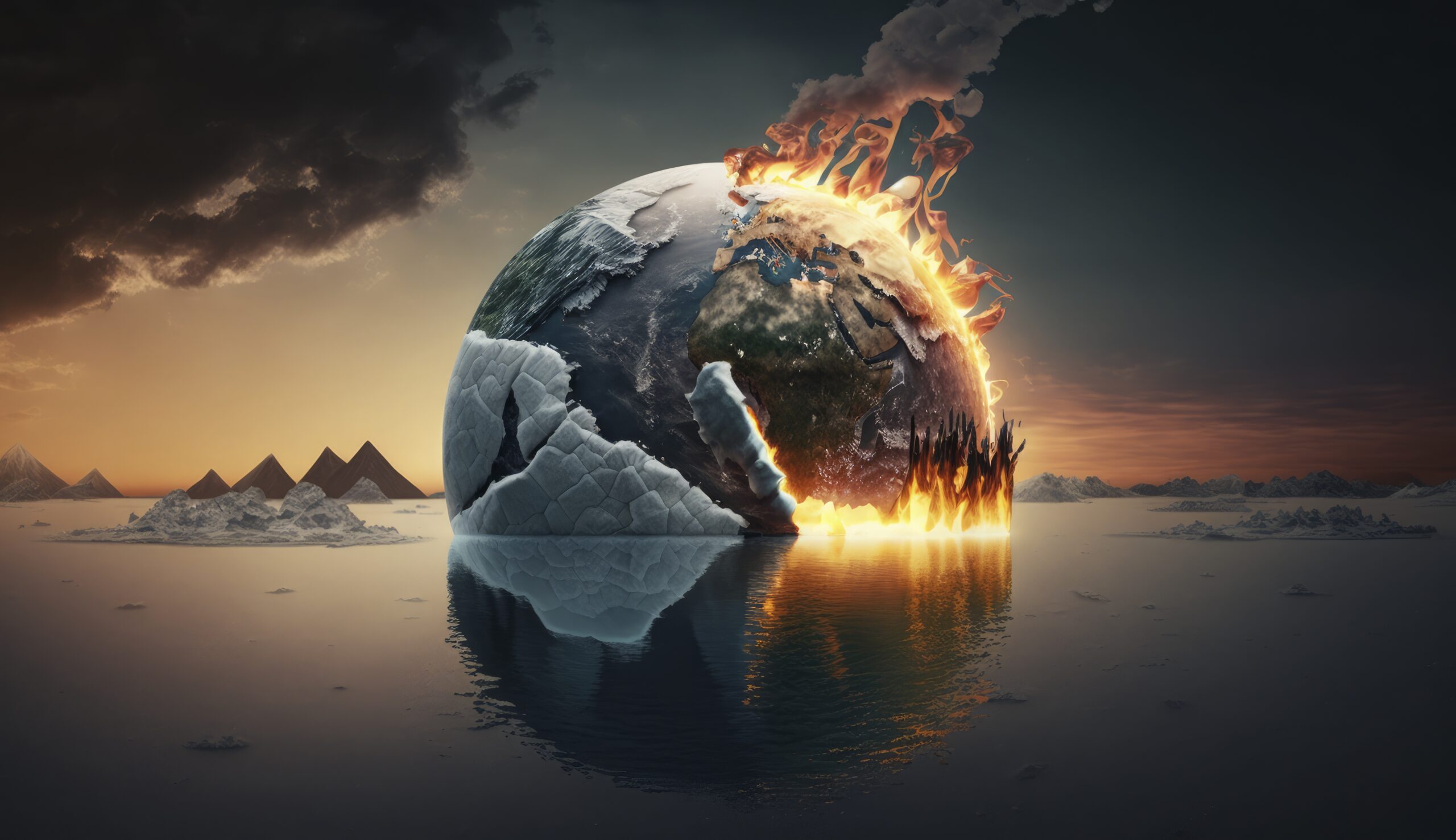Introduction
Earth is getting hotter. Not just during the summer, but over the entire year—and it’s not natural. Global warming is a human-made crisis that’s reshaping the planet. Rising temperatures, disturbed climates, and environmental imbalance are clear signs that our actions are pushing the Earth toward danger.
What Exactly is Global Warming?
Global warming is the long-term increase in the Earth’s average temperature. It’s caused by the buildup of greenhouse gases in the atmosphere. These gases trap heat, just like the glass walls of a greenhouse. The more gases we release, the more heat gets trapped—and the warmer our planet becomes.
Where Do These Greenhouse Gases Come From?
1. Transportation and Industry
Cars, trucks, planes, and factories burn fossil fuels. This releases large amounts of carbon dioxide (CO₂) and other harmful gases.
2. Electricity Production
Most of the world still depends on coal, oil, or gas to generate electricity. These fuels are major contributors to global warming.
3. Farming Practices
Farms produce methane gas, especially from livestock like cows. Methane is even more powerful than carbon dioxide in trapping heat.
4. Waste Management
Landfills and waste burning release gases that add to the greenhouse effect. Poor waste control contributes more than people think.
Visible Signs of Global Warming
.Shrinking Glaciers
Ice is melting at the poles. Glaciers are disappearing faster than ever before, contributing to rising sea levels.
.Frequent Natural Disasters
Global warming fuels stronger storms, longer droughts, and unpredictable weather. Hurricanes and wildfires are becoming more severe.
.Ocean Changes
Warming temperatures affect oceans too. Coral reefs are dying, and marine life is struggling to survive in hotter, more acidic water.
.Economic and Social Impact
Farming becomes harder, water becomes scarce, and communities are displaced due to rising seas or extreme heat. The poor are affected the most.
Solutions: What Can We Do?
1.Switch to Green Energy
Solar panels, wind turbines, and hydropower are clean sources of energy that don’t harm the atmosphere.
2.Change Daily Habits
Walk, cycle, or carpool. Reduce, reuse, recycle. Use less water and electricity. Every small step adds up.
3.Protect Forests and Wildlife
Forests absorb CO₂ naturally. Protecting them—and planting more trees—can help reverse some damage.
4.Support Climate Policies
Hold governments and businesses accountable. Vote for leaders who prioritize the environment and support sustainable development.

